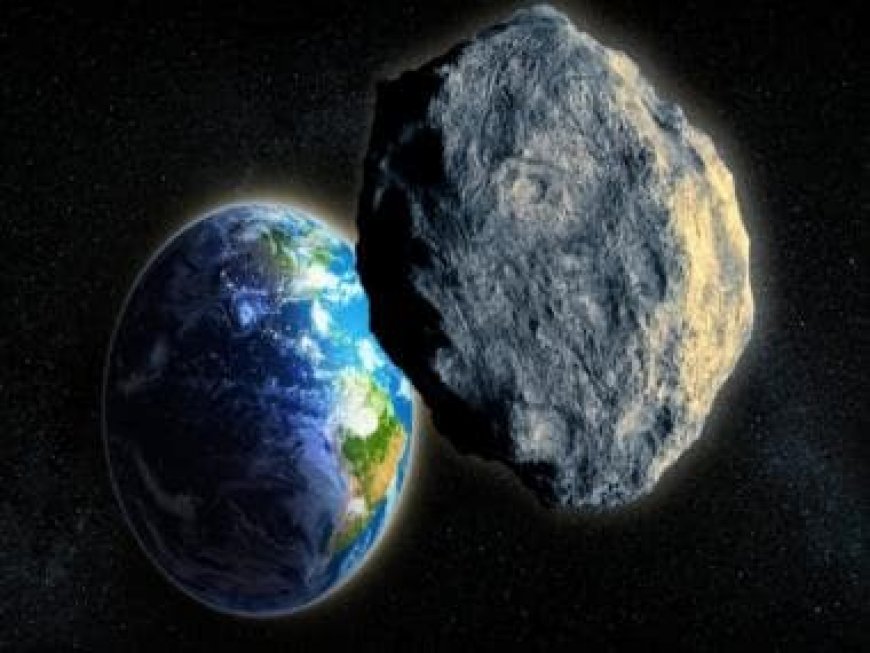NASA issues a warning about a 91-metre wide asteroid heading straight towards the Earth
NASA issues a warning about a 91-metre wide asteroid heading straight towards the Earth

According to a report from The Independent, an asteroid labelled as “potentially hazardous” and about the same size as the London Eye is expected to come close to Earth on Wednesday. The enormous rock, known as 2013 WV44, has a diameter of 160 meters and is being monitored by NASA.
The US space agency’s Centre for Near-Earth Object Studies stated that the asteroid will pass within a distance of 3.3 million kilometres from Earth, which is relatively near in astronomical terms, but it poses no danger to our planet.
Tracking Asteroid 2013 WV44
NASA first detected asteroid 2013 WV44 in 2013, and a group of astronomers determined that it travels at a speed of approximately 11.8 kilometres per second, which is about 34 times the speed of sound.
As reported by The Independent, the asteroid is expected to reach its closest point to Earth at 9:00 AM British Summer Time on June 28 (1:30 PM as per the Indian Standard Time).
NASA also recently issued a warning regarding another asteroid the size of a bus, which was anticipated to have its nearest encounter with Earth.
According to information provided on NASA’s Asteroid Watch page, the asteroid known as 2023 JL1, measuring approximately 39 feet, will pass by Earth at a distance of approximately 2,490,000 kilometres. Its velocity is recorded at 26,316 kilometres per hour.
How asteroids are tracked
It is worth mentioning that NASA’s dashboard is dedicated to monitoring asteroids and comets that approach Earth relatively closely. The dashboard provides details such as the closest approach date, the estimated diameter of the object, its relative size, and the distance from Earth for each encounter.
It tracks asteroids that come within a range of 7.5 million kilometres from Earth.
Over 30,000 asteroids, ranging in size, including more than 850 with a diameter of one kilometre or larger, have been identified and categorized as “Near Earth Objects” (NEOs) in the vicinity of our planet. However, none of these asteroids pose a threat to Earth within the next century.
How asteroids came to be
According to NASA, asteroids are remnants from the early stages of our solar system’s formation. The formation process began approximately 4.6 billion years ago when a large cloud of gas and dust collapsed.
During this event, the majority of the material gathered at the centre of the cloud and eventually formed the sun. Meanwhile, some of the dust within the cloud condensed and transformed into planets.
Read all the Latest News, Trending News, Cricket News, Bollywood News,
India News and Entertainment News here. Follow us on Facebook, Twitter and Instagram.
What's Your Reaction?



























































